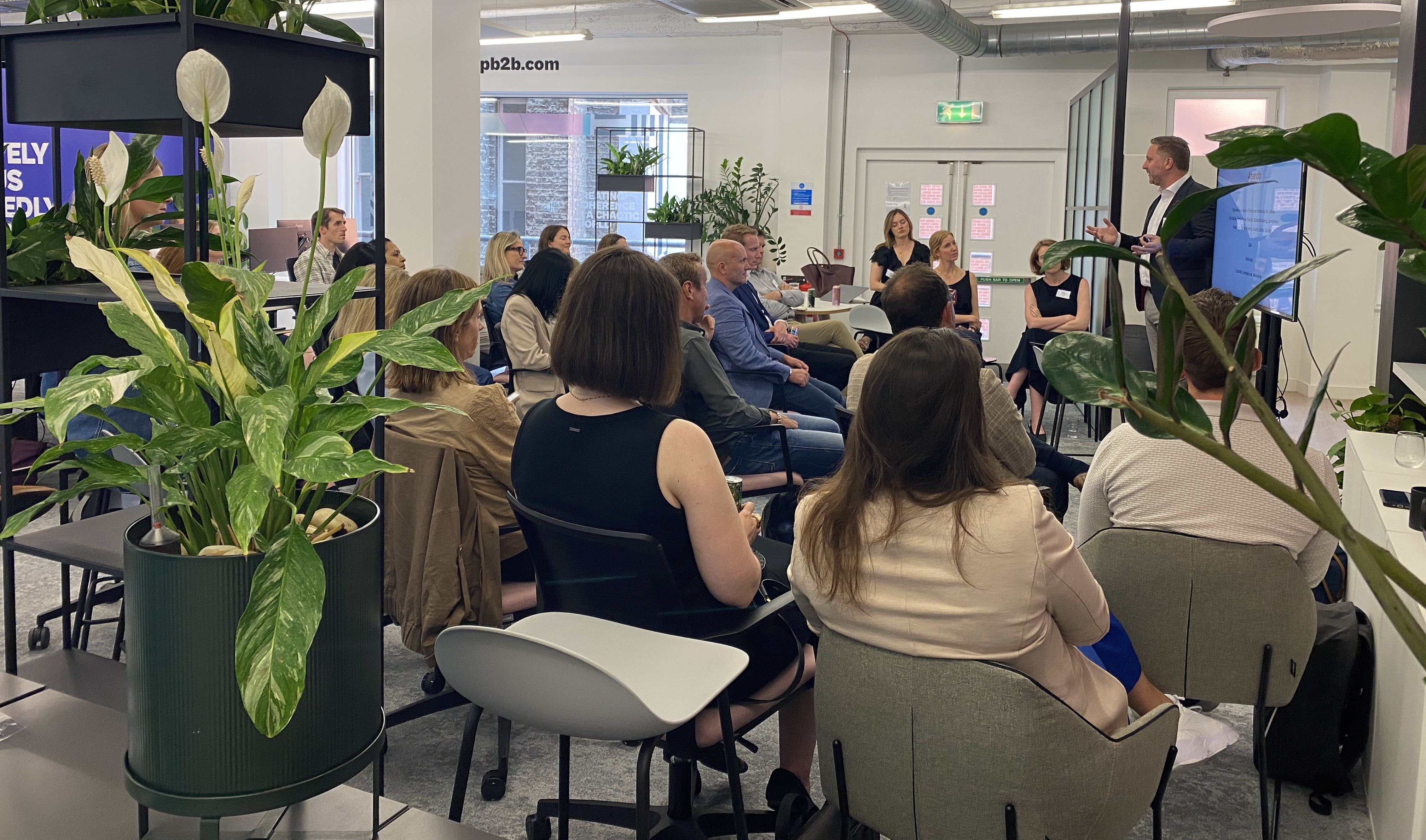You’re marketing cybersecurity. It underpins every piece of technology out there and everyone has their cyber story and solution to sell.
You’re talking to an audience who know ransomware attacks have seen a significant spike. They’ve just read how it increased 221% YOY in June.
You’ll be aware that Zero Trust initiatives are gaining more traction in the Enterprise board room (1/3rd of security leaders say zero trust is their top cybersecurity priority)
You know boardrooms are finding cybersecurity challenging, even though it’s a priority. The CEOs you want to elevate your relationship with will always ask for their CISO to be in the room with them.
72% of CEOs feel uncomfortable making decisions about cybersecurity. But even with their CISO in the room, you find they’re not on the same page. And that’s having an impact on sales.
You’re seeing the CISOs you meet frustrated. Worse, they are burnt out. They’ve been struggling to get the board to see eye-to-eye with them. 54% of CISOs struggle to convince their board to prioritise Cybersecurity investments.
Your CISO audience may even be reading up on how to talk to the board, just so they’ll be heard.
You understand that you have a role to play to support board conversations around cyber. They can’t afford cyber communication breakdown anymore.
You know they need to talk the same language. And learn it fast. You’re trying to help CISOs translate technical risk to business outcomes. You’re challenging CEOs to look to learn more and lean into cybersecurity. No time to start like the present. But it’s worth a visit to the past.
You come from a world of phreaks. Here’s the history.
You go back to the 1950s and 60s. Phreaks, also known as phone phreaks, were the precursor to cybercriminals. They were individuals who manipulated telephone signalling to make free phone calls, often by reverse engineering the specific tones used by phone companies to route long-distance calls. But they were also about the ‘combination of innocence and curiosity.’
You meet Joe Engressia Jr, considered the father of phreaking, who’s story is all about exploration. Born blind, Engressia discovered at the age of seven that he could control the phone system by whistling at a frequency of 2600Hz, the same frequency needed to communicate with phone lines. He even became a (counter) cultural icon, featuring in an 1971 Esquire article exposing phreaking.
You know phreaking was a freaking science? Phreaking involved a lot of time spent dialling around the telephone network to understand how it worked. It was also a criminal act. It was a fraudulent manipulation of telephone signalling.
You’re now in 1967, and IBM have just invited school kids to try out their new computer. Some students went beyond the accessible parts, learning the system's language and gaining unauthorized access. IBM ended up thanking several high school students for their “compulsion to bomb the system”. Turns out, humans are destructive by nature.
(You’re right! This incident led to the development of defensive measures and a defensive mindset for developers. It contributed to the practice of ethical hacking, which continues today.)
You’re now in the 70’s, which sees the first-ever computer worm and antivirus. Researcher Bob Thomas introduced Creeper. A mischievous program leaving a taunting message on the Advanced Research Projects Agency Network (ARPANET), which was one of the earliest computer networks and a precursor to the modern internet
You meet Ray Tomlinson, the inventor of email, who responds with Reaper, the first-ever antivirus and self-replicating computer worm, defeating Creeper.
Your audience still face that human ‘compulsion to bomb the system.’ But as time has passed those bombs aren’t a simple Creeper. They are the sophisticated and multifaceted malware prevalent in our interconnected world today.
Your customers and prospects will have seen movies about cybercriminals growing more organized, forming underground communities to share knowledge and tools, posing a significant challenge to cybersecurity. They’ve listened to podcasts talk about the growth of governments and nation-states recognising the potential of cyber warfare as a means of influence and gaining strategic advantages. They’ve experienced interference in elections, exposing the vulnerabilities of digital systems in the real-world.
You’re operating in a world where there is this constant battle between defenders and attackers. With governments, organisations, and individuals needing to invest heavily in cutting-edge technologies and collaborative efforts to safeguard our digital infrastructure and protect our way of life.
Your customers are in a forever war in cyberspace.
You are battling not just for their attention, but for their immediate and infinite appreciation.
You know your solutions and messages can adapt to changing threats and you can deploy product led campaigns to deliver value.
You know customers need more than that, too. Reinforce your brand, embracing both long-term and short-term strategies to establish trust, thought leadership, and customer loyalty.
You know it's easier said than done. This isn’t just about communications and shouting you’re no.1 the loudest – everyone thinks they’re no.1 at something. It’s about the actions and behaviours you take. What you do for and with your customers, as much as what you say.
You might need a partner yourself. At The Marketing Practice, security is in our DNA. Over two decades, our experience spans from helping cybersecurity clients grow trust in a variety of ways. From building global performance engines to creating programs designed to win and grow clients.
You can learn more on how we have helped cybersecurity clients realise $164m pipeline of revenue, or a 613% return on pipeline in our latest report





